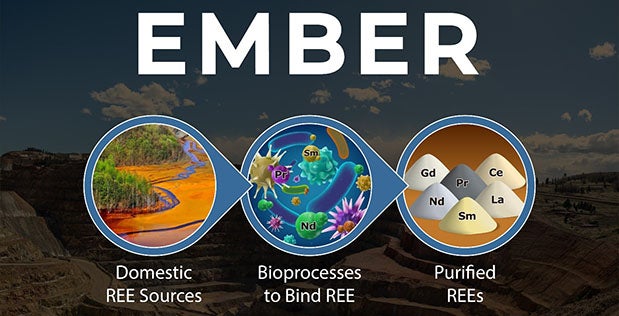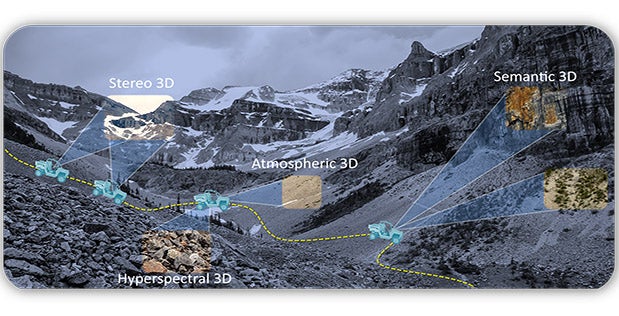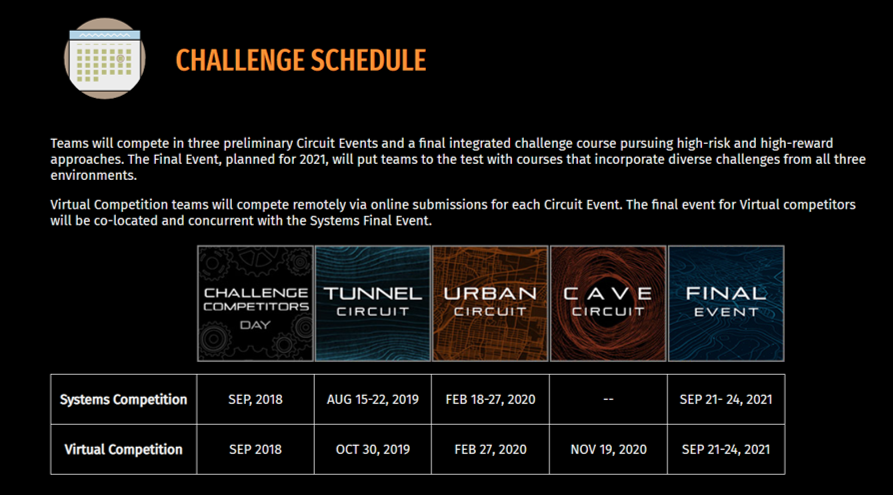DARPA: Autonomous Vehicles and Rare Earth Minerals
Last week, the US Defense Advanced Project Research Agency (DARPA) revealed additional information about a host of its programs. From research on autonomous vehicle navigation in the dark to rare earth mineral extraction, the agency has been putting its resources into a wide variety of fields.

On 13 July, DARPA announced its Environmental Microbes as a BioEngineering Resource (EMBER) program. The four-year program aims to improve American capabilities in Rare Earth Mineral separation and purification as this had been identified as America’s supply chain weak point. In DARPA’s words, “although the U.S. has adequate domestic REE [Rare Earth Mineral] resources, its supply chain is vulnerable due to dependence on foreign entities for separation and purification of these elements”. The proposed solution is “biomining”; phase 1 of the program “will focus on developing microorganisms and biomolecules suitable for use in REE separation” and the following phases will see work to improve efficiency and scale.

Just a day before that, DARPA revealed that it had selected four university research teams for work on autonomous vehicle navigation. Their aim is to apply infrared technology towards research on if autonomous vehicle can navigate through the dark with only passive sensors. DARPA summarized the projects of each of the teams as follows:
- “Areté Associates, Northridge, California, will perform virtual analyses to understand the ambient spectral and polarimetric infrared environment and develop low-contrast-capable 3D vision algorithms.”
- “Kitware, Inc., Clifton Park, New York, will use customized, multi-band hyperspectral infrared cameras combined with artificial intelligence and machine learning algorithms to estimate local 3D scene structure and semantics for navigation.”
- “A team led by the Massachusetts Institute of Technology, Cambridge, Massachusetts, is working to scale superconducting nanowire single photon detector (SNSPD) technology into a very low noise infrared sensing array.”
- “Purdue University, West Lafayette, Indiana, is developing new types of ultrafast, spin-based sensors and 3D vision approaches that exploit properties of the ambient thermal environment.”

On 14 July, DARPA selected 12 teams that qualified for the finals of the agency’s Subterranean Challenge. The 12 teams, which hail from all over the world, are fighting for $1.5 million in prizes by putting robots and algorithms to work navigating through unfamiliar underground environments. The finals come after three preliminary circuit events held in 2019 and 2020; these have already received hours of coverage on DARPA’s official YouTube channel.

